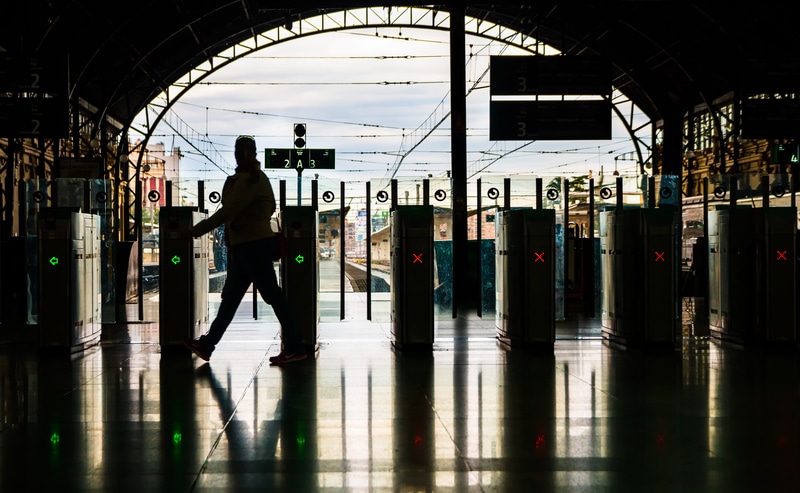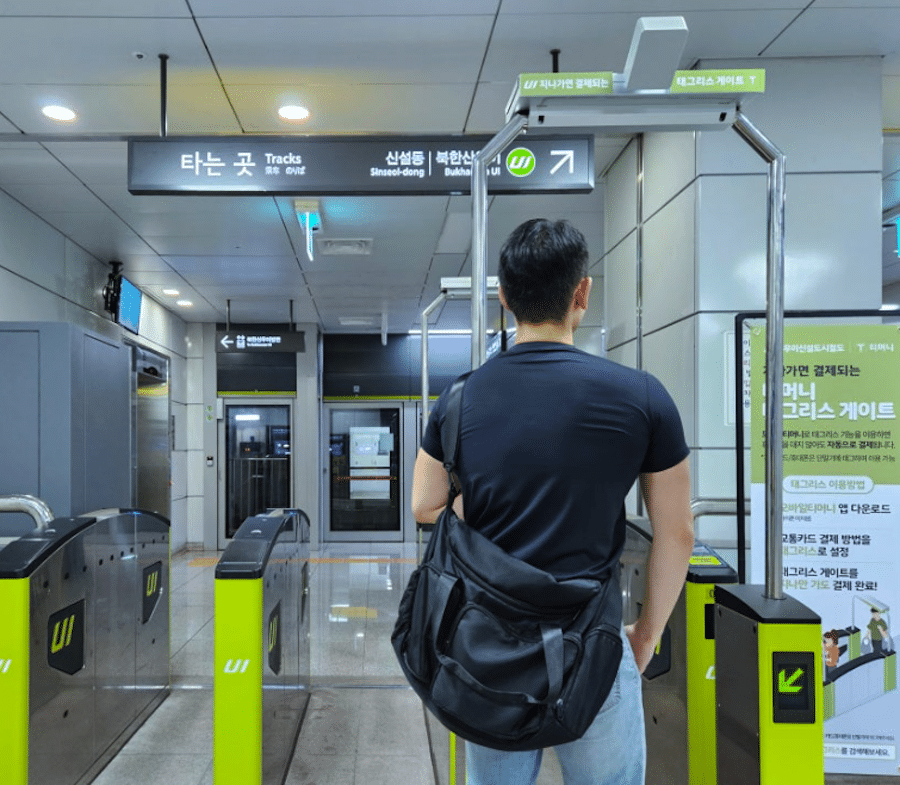
Article Highlights
While there are some rollouts of hands-free (or nearly hands-free) mobile ticketing using such technologies as Bluetooth, Wi-Fi and GPS, chipmakers are now working with another RF technology, ultra-wideband, or UWB. It’s faster and much more accurate than any of these other RF technologies. And it is also estimated to cost as little as Bluetooth low energy (BLE) to roll out or will be in the near future. Rollouts of UWB-based mobile ticketing are not imminent, however.
If and when it is introduced by transit agencies, supporters of the technology say they believe UWB’s accuracy of 50 centimeters or less under optimal conditions stacks up well against BLE, which is accurate up to around a meter, sometimes more; and Wi-Fi, at a few meters.
• Infineon Technologies
• NXP Semiconductors
• Apple
• Samsung
• Google
• eos.uptrade
• Scheidt & Bachmann
• BVG (Berlin)
Demand for hands-free (or nearly hands-free) ticketing has been growing, using such technologies as Bluetooth, Wi-Fi and GPS to enable customers to board buses and trains with only a swipe of their finger in a smartphone app to check-in and check-out. Sometimes they don’t even need to swipe.



















